Disclosure: This article contains affiliate links. We may earn a commission from purchases at no extra cost to you, which helps our travel content.
As I stepped into the labyrinthine alleys of Tripoli's ancient souks, the symphony of aromas transported me instantly: cardamom-infused coffee brewing in copper pots, charcoal-grilled meats sizzling on open flames, and the unmistakable sweetness of orange blossom syrup drizzled over fresh pastries. Lebanon's second-largest city remains its undisputed culinary capital, a place where Ottoman, Arab, and Mediterranean influences have melded over centuries into something uniquely Tripolitanian. Having spent years exploring culinary traditions across continents, I can confidently say that Tripoli offers one of the most authentic food experiences in the Middle East—one that remains refreshingly unburdened by mass tourism.
The Ancient Souks: Tripoli's Culinary Heart
The 14th-century Al-Mina and Al-Tall souks form the backbone of Tripoli's food culture, where little has changed in centuries. During my spring visit, I found myself wandering through narrow stone passageways lined with vendors whose families have occupied the same stalls for generations. Unlike Beirut's more commercialized markets, Tripoli's souks maintain an authentic rhythm that feels untouched by time.
Each morning begins with a ritual: locals gathering for breakfast at tiny stalls serving ful medames (stewed fava beans with olive oil, lemon, and garlic) and manakish (flatbreads topped with za'atar or cheese) fresh from wood-fired ovens. I recommend bringing a sturdy market tote to collect your culinary treasures—mine quickly filled with fragrant spice blends, local olive oils, and dried fruits that I'm still rationing months later.
The spice merchants are particularly fascinating, creating custom blends while explaining each component's historical significance and health properties—knowledge that resonates with my physical therapy background, where I often discuss anti-inflammatory foods with patients.
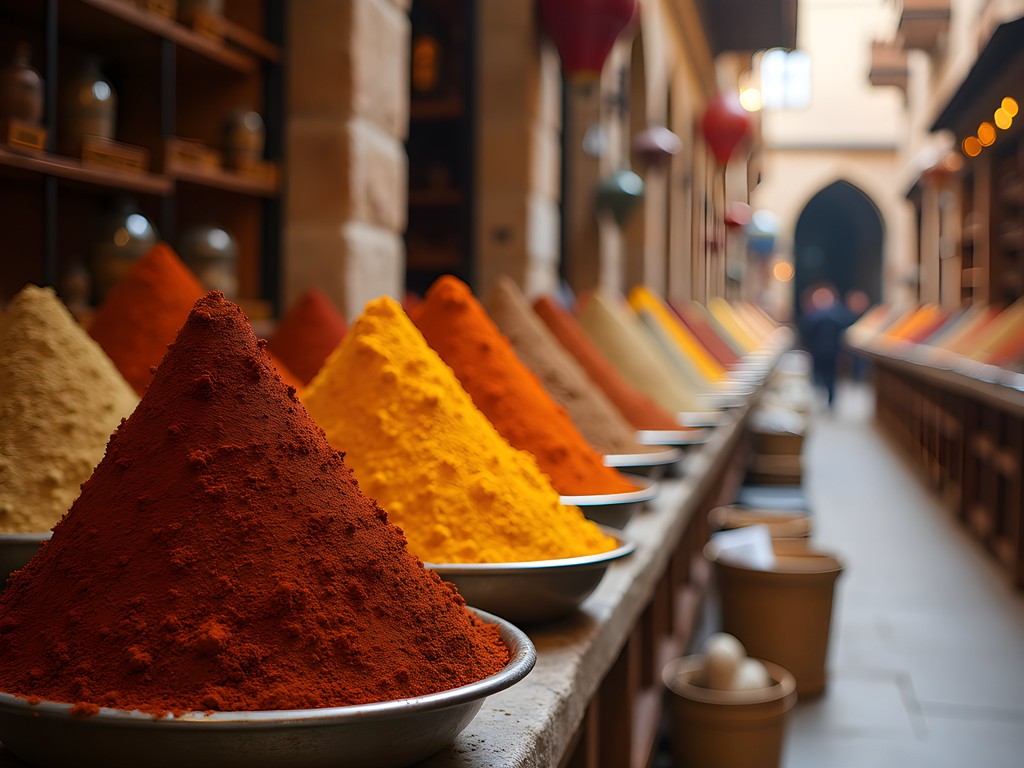
💡 Pro Tips
- Visit the souks between 7-10am to watch vendors prepare for the day and enjoy the freshest breakfast options
- Look for the spice merchant Abu Hassan near Khan al-Saboun (Soap Khan) for the most aromatic za'atar blend
- Most vendors speak basic English, but learning a few Arabic food terms will enhance your experience tremendously
Street Food Treasures: Beyond Hummus and Falafel
While Lebanon's famous mezze are certainly available throughout Tripoli, the city's true culinary identity emerges in its distinctive street foods. My physical therapist's schedule often leaves me with brief lunch breaks during conferences, so I've developed an appreciation for quick yet nourishing street food options worldwide.
In Tripoli, kaak reigns supreme—sesame-crusted bread rings sold from distinctive red carts throughout the city. The vendors slice them open with astonishing speed, filling them with Akkawi cheese, wild thyme, or my personal favorite: a combination of labneh (strained yogurt) and olive oil. For just 5,000 Lebanese pounds (approximately $3 USD), this satisfying lunch provides the perfect fuel for an afternoon of exploration.
Don't miss fatayer (savory pastries) from the tiny bakeries along Syria Street, particularly those filled with spinach, sumac, and pine nuts. I tracked down the city's best based on recommendations from my taxi driver—a hole-in-the-wall operation where three generations of women work together, rolling dough with mesmerizing efficiency.
For capturing these ephemeral food moments, I rely on my smartphone gimbal to shoot steady food videos even in crowded market conditions. The ability to create smooth, one-handed footage while navigating busy streets has transformed my travel documentation.
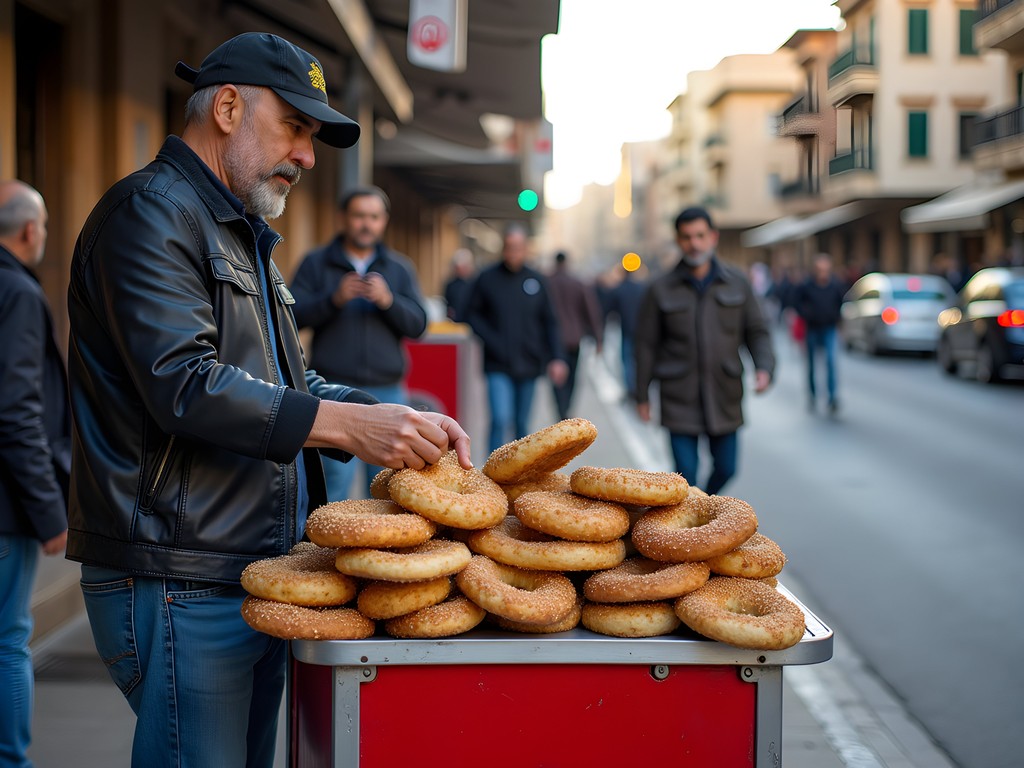
💡 Pro Tips
- The best kaak vendors set up near Al-Mansouri Great Mosque after morning prayers
- Street food prices should never exceed 10,000 Lebanese pounds per item—if they're charging more, you're in a tourist spot
- Carry a small bottle of hand sanitizer, as eating with your hands is both common and expected
The Sweet Legacy: Tripoli's Centuries-Old Dessert Traditions
If there's one culinary domain where Tripoli truly outshines all other Lebanese cities, it's in its sweet traditions. The city's confectioners have preserved Ottoman-era techniques that have disappeared elsewhere, creating desserts that balance sweetness with subtle floral and nut flavors.
Abdel Rahman Hallab & Sons stands as the most renowned establishment, operating since 1881 in a beautiful space where you can watch artisans stretching delicate strings of knafeh cheese and layering paper-thin phyllo for baklava. While impressive, I found the true gems in smaller establishments along Al-Mina Road, where prices are lower and innovation more apparent.
At Kasr El-Helou (Palace of Sweets), I discovered mafroukeh tripoliye—a semolina pudding topped with ashta cream and pistachios that's specific to northern Lebanon. The owner, noticing my interest, demonstrated how they infuse the semolina with both orange blossom and rose waters, a technique requiring precise measurement to avoid overwhelming the palate.
During my week in Tripoli, I developed a daily ritual of afternoon sweets paired with Lebanese coffee. To continue this tradition at home, I purchased a traditional Lebanese coffee pot with matching cups. This copper rakweh has become both a cherished souvenir and practical tool for recreating those sensory memories.
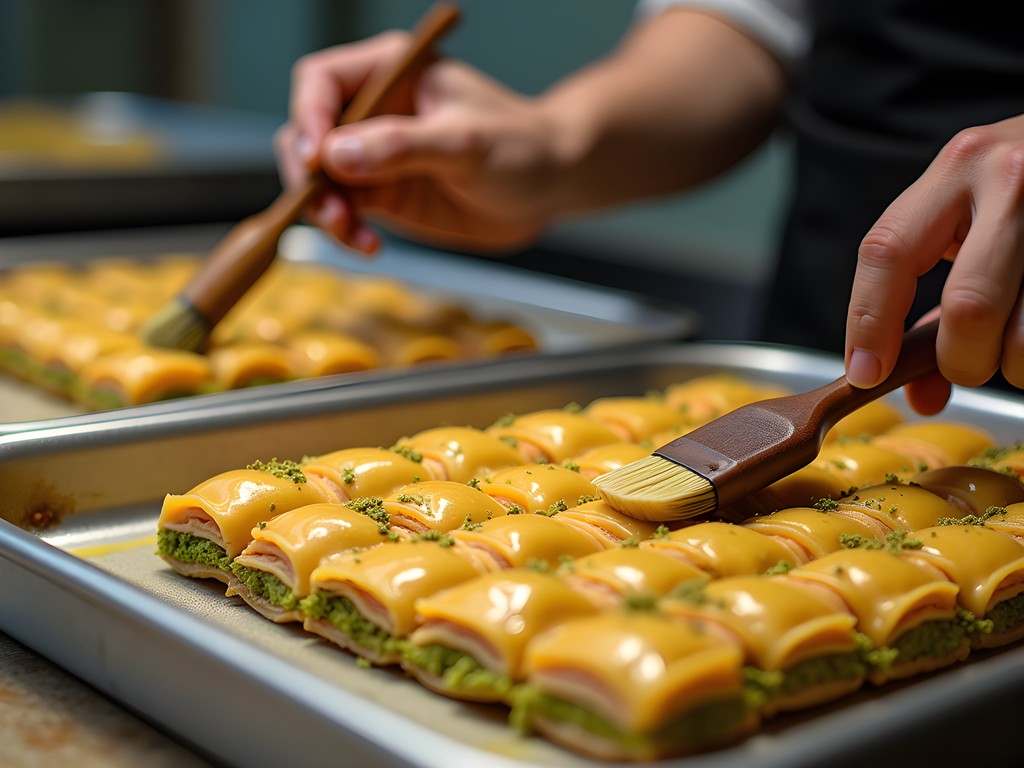
💡 Pro Tips
- Visit sweet shops between 3-5pm when fresh batches emerge from the kitchens
- Ask for sweets with 'less sugar' (sukkar khafeef) if you find Lebanese desserts too sweet
- The best baklava contains local pine nuts, not the cheaper imported varieties—ask before purchasing
Home Cooking & Culinary Workshops: Beyond Restaurant Walls
While Tripoli's restaurant scene offers wonderful experiences, the soul of Lebanese cuisine lives in family kitchens. Through my professional connections with a physical therapy clinic in Beirut, I was fortunate to arrange a cooking workshop with Madame Samira, a 70-year-old culinary instructor who welcomes small groups into her traditional Tripoli home.
For a modest fee (approximately $45 USD per person), we spent an afternoon learning to prepare kibbeh nayyeh—Lebanon's famous raw lamb dish seasoned with bulgur and spices. As someone raised by a Spanish chef father, I appreciate the technical precision required to hand-chop the meat to the perfect consistency rather than using modern food processors.
Madame Samira also demonstrated the proper technique for rolling grape leaves (warak enab), a meditative process requiring patience and dexterity. Her wooden rolling pin with tapered ends proved so effective for this task that I purchased an identical one from a local woodworker in the souk.
The workshop culminated in a family-style feast on her terrace overlooking the Mediterranean, where we were joined by three generations of her family. This experience provided insights into Tripoli's food culture that no restaurant could offer—particularly the importance of seasonality and the subtle regional variations in dishes that appear standardized to outside observers.
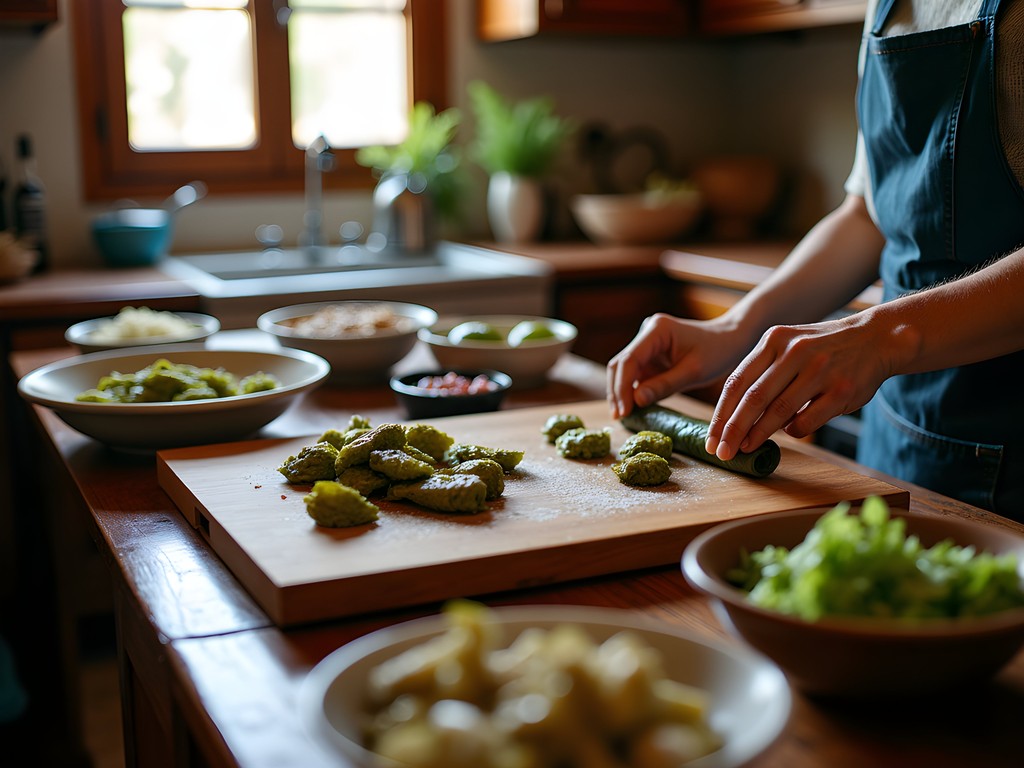
💡 Pro Tips
- Cooking workshops can be arranged through Souk el Tayeb organization or by asking at your accommodation
- Bring a small gift from your home country for your cooking instructor—culinary items are especially appreciated
- Request vegetarian options in advance if needed; most workshops can accommodate dietary restrictions with prior notice
Preserving Culinary Heritage: Conservation Challenges & Opportunities
As someone deeply interested in cultural preservation, I was fascinated by Tripoli's ongoing efforts to protect its culinary heritage amid economic challenges and regional instability. The NGO Akkar Trail has established a food heritage documentation project, recording traditional recipes and techniques from elderly residents before they're lost to time.
I spent an afternoon with their team as they interviewed Um Hassan, a 90-year-old woman known for her mastery of mouneh (traditional food preservation techniques). She demonstrated how to preserve seasonal vegetables in olive oil, a practice that sustained families through harsh winters before refrigeration. Her fermentation crock reminded me of similar vessels my Italian grandmother used—evidence of the Mediterranean's shared culinary language despite political borders.
Tripoli's position as Lebanon's northern hub has made it vulnerable to the spillover effects of Syria's civil war, with tourism declining dramatically over the past decade. This economic pressure threatens the viability of traditional food businesses, particularly those requiring specialized equipment or time-intensive techniques. Yet I found hope in young entrepreneurs like Karim, whose café near the Citadel combines traditional recipes with contemporary presentation, attracting a new generation to appreciate their culinary heritage.
For travelers concerned about safety, I can report that Tripoli felt completely secure during my spring 2023 visit. The warmth and hospitality of Tripolitanians transcended any geopolitical tensions, and food served as the perfect medium for cultural exchange even across language barriers.
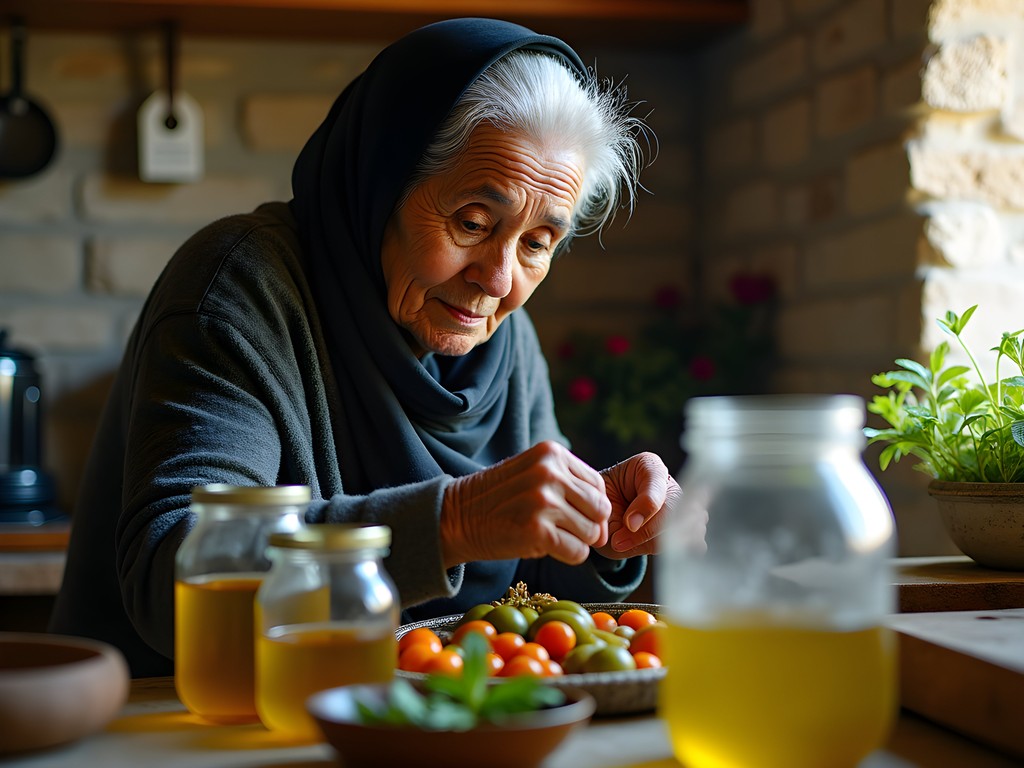
💡 Pro Tips
- Support the Akkar Trail's preservation efforts by purchasing their cookbook featuring traditional northern Lebanese recipes
- Ask older vendors about how recipes have changed over their lifetime—many are eager to share this knowledge
- Visit the small food heritage museum inside Khan al-Saboun to see historical cooking implements and recipe documentation
Final Thoughts
As my week in Tripoli drew to a close, I found myself lingering over a final cup of cardamom coffee at a small café near Al-Mansouri Mosque, reluctant to leave this city that speaks so eloquently through its food. What makes Tripoli's culinary scene extraordinary isn't just the flavors—though they are remarkable—but the way food serves as a living museum of cultural resilience.
In an era where globalization homogenizes urban experiences worldwide, Tripoli remains steadfastly authentic. Its food traditions haven't been packaged for tourist consumption or diluted for international palates. Instead, they continue to serve their primary purpose: nourishing community and preserving identity through shared meals.
For couples seeking a culinary adventure beyond the ordinary, Tripoli offers an intimate window into Lebanese culture that bypasses clichés. Come with curiosity, a willingness to communicate beyond language, and most importantly—an empty stomach. The soul of Lebanon awaits you here, served one unforgettable bite at a time.
✨ Key Takeaways
- Tripoli offers Lebanon's most authentic food experiences, with culinary traditions dating back to Ottoman times
- Spring visits provide the perfect balance of pleasant weather and seasonal ingredients like fresh herbs and early fruits
- Moving beyond restaurants into home kitchens and workshops provides the deepest understanding of local food culture
📋 Practical Information
Best Time to Visit
March-May (spring) or September-October (early fall)
Budget Estimate
$30-50 USD per day for food
Recommended Duration
5-7 days
Difficulty Level
Intermediate

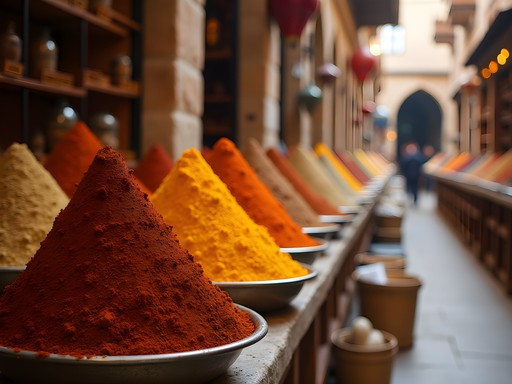
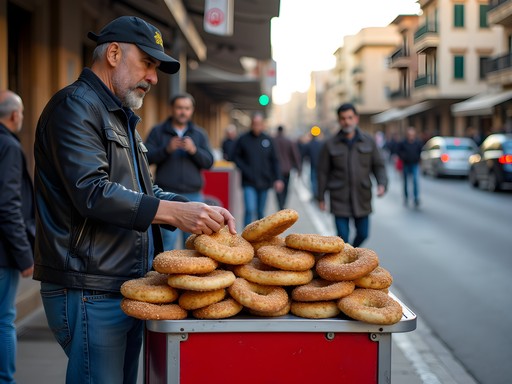
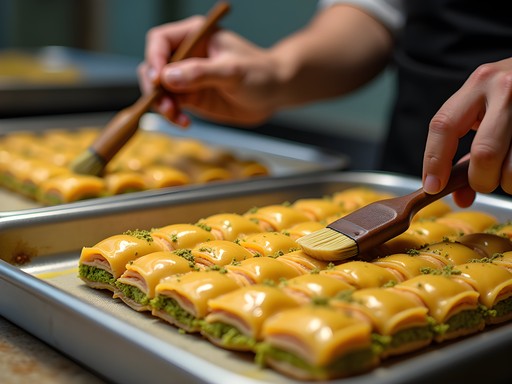
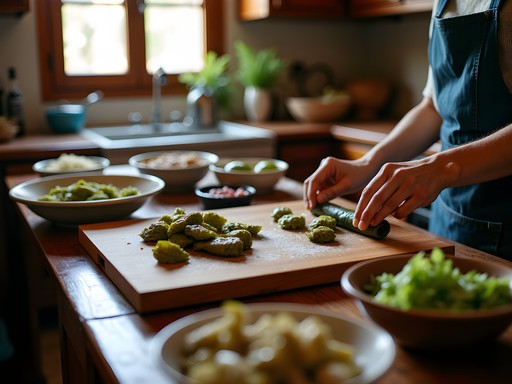
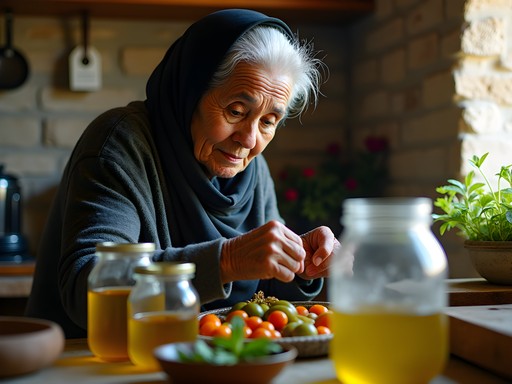



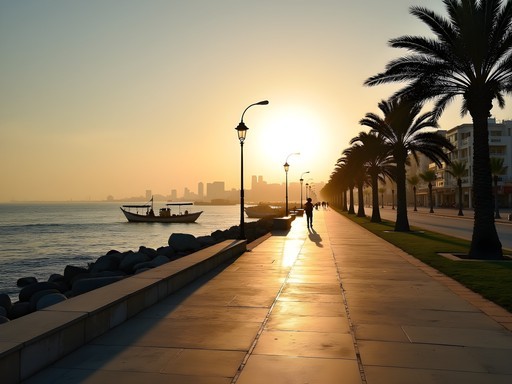

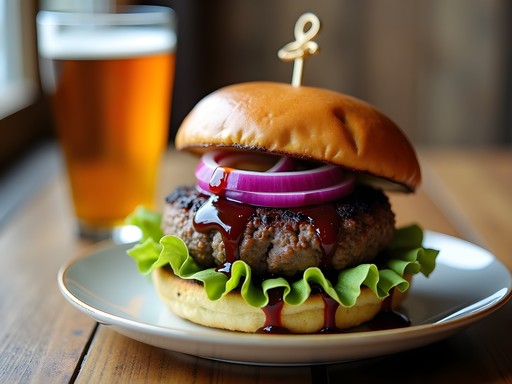

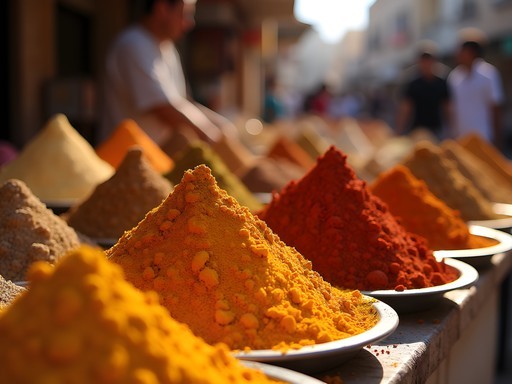
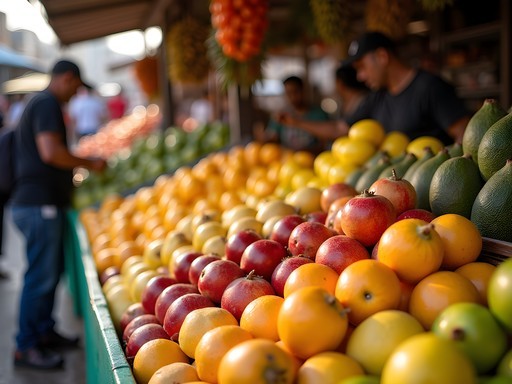
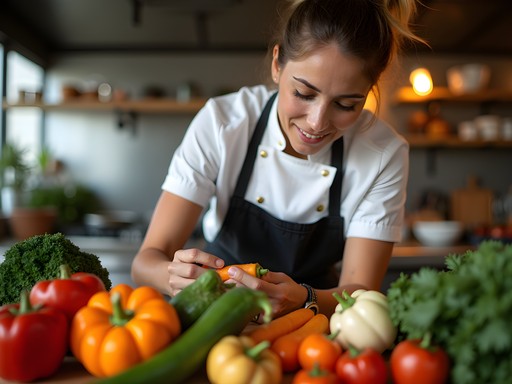
Comments
TravelWithMina
I visited Tripoli three years ago and the food scene has stayed with me ever since! Charlotte, your description of the cardamom coffee brought back so many memories. Did you try the street food in the Al-Tall area? Those fatayer (meat pies) from the corner bakery were life-changing. I still dream about them! For anyone planning a visit, try to go during Ramadan if you can - the evening food markets are spectacular.
LebanonLover22
Your photos are making me so hungry! Can't wait to visit next spring!
Hunter Thompson
Absolutely buzzing to see Tripoli getting some proper love! I backpacked through Lebanon last year and Tripoli was the unexpected highlight. The food scene is UNREAL compared to Beirut - way more authentic and about half the price. That sweet shop you mentioned near Al-Mansouri Mosque (think it's called Hallab 1881?) had me coming back every day for different treats. Did you try the knefeh? I'm still dreaming about it! For anyone heading there, definitely check out the soap caravanserai too - not food related but properly ancient vibes and zero tourists. Cheers for bringing back some epic memories, Charlotte!
Charlotte Ramirez
Yes! Hallab 1881 is the place! Their knefeh was incredible - that perfect balance of sweet cheese and syrup. I actually brought my food journal to record all the amazing flavors. The soap caravanserai was fascinating too - great recommendation!
Hunter Thompson
Food journaling is such a shout! Wish I'd thought of that. Did you make it to that tiny falafel stand near the clock tower? Run by an older gentleman who's been making them for like 40 years? Absolute game changer.
summerseeker
This looks amazing! I've always wanted to try authentic Lebanese food. How safe is it for solo female travelers in Tripoli right now?
Charlotte Ramirez
Hi! I felt quite safe as a solo female traveler, especially in the market areas during daytime. Just use normal travel precautions - I dressed modestly and was respectful of local customs. The locals were incredibly welcoming!
summerseeker
Thanks so much! That's reassuring to hear. Did you have a favorite dish I absolutely shouldn't miss?
Charlotte Ramirez
You must try kaak from the street vendors - those sesame bread rings with cheese are heavenly! And don't miss the halawet el-jibn (sweet cheese rolls) for dessert. Life-changing!
winterhero
Those dessert photos are making me hungry! Need to book a trip ASAP!
Savannah Torres
Charlotte, this is exactly the guide I needed before our family trip to Lebanon next spring! We're spending 3 days in Tripoli and I was worried about navigating the food scene with kids (picky eaters alert!). The cooking workshop you mentioned sounds perfect for us - my 10-year-old has been watching Middle Eastern cooking videos obsessively. When we visited Morocco last year, I brought my food dictionary which helped us identify ingredients at markets. Do you think most vendors in Tripoli speak some English or should I brush up on my very basic Arabic food terms?
Charlotte Ramirez
Your kids will love it, Savannah! For the workshops, I'd recommend contacting Teta's Kitchen (I linked their IG in the post) - they do special sessions for families. As for language, I found basic food Arabic terms very helpful, especially in the souks. Many vendors know food terms in English but showing interest in their language goes a long way. The hand-pointing universal language works wonders too! 😊
winterbackpacker
Any specific sweet shops you recommend? Those desserts look amazing!
Charlotte Ramirez
Definitely try Hallab 1881 for the most famous experience, but my personal favorite was a tiny place called Kasr el-Helou near the clocktower. Their knafeh is less sweet and more cheese-forward!
winterhero
Hallab is AMAZING!! Their baklava with pistachios changed my life! 🤤
greenstar1991
Charlotte, your post brought back so many memories! I was in Tripoli last year and completely agree that it's Lebanon's hidden food gem. The kaak vendors in the souk were my daily stop - that za'atar and cheese combo is unbeatable. Did you try the sfeeha from that tiny bakery near Al-Mansouri? The one run by the old man and his son? Their meat pies literally made me extend my stay for two extra days! 😂
Charlotte Ramirez
Yes! That's Abu Hassan's place! Those sfeeha are incredible - I actually mentioned them briefly in the street food section. He wouldn't share his recipe but told me the secret is lamb fat and pomegranate molasses. Did you try his spinach triangles too?
greenstar1991
I missed the spinach ones! Another reason to go back I guess... 😊
hikinggal
Your descriptions of the sweets have me drooling! Those photos of the baklava varieties! 😍 I'm heading to Lebanon in December and definitely adding Tripoli to my itinerary now. What's the ONE dessert I absolutely cannot miss while I'm there?
Hunter Thompson
Not Charlotte, but if you're going to Tripoli, you HAVE to try the halawet el-jibn (sweet cheese rolls). They're filled with ashta cream and drenched in orange blossom syrup. Absolute game changer! I used my pocket phrasebook to ask locals for recommendations and they kept pointing me to this one shop called Hallab 1881. Worth every calorie!
hikinggal
Omg that sounds incredible! Adding it to my list. Thanks for the phrasebook tip too - hadn't thought about that!
Charlotte Ramirez
Hunter's recommendation is spot on! Hallab 1881 is an institution. Also try the mafroukeh if you go there - it's a semolina dessert topped with ashta cream that will change your life!
greenlife
I love how you captured the essence of Tripoli's food culture! We visited last spring and I'm still thinking about that sfiha from the old souk. My tip for anyone going: don't miss the seafood restaurants along the corniche - way less touristy than Beirut and half the price for fresher fish. The fishermen literally bring their catch right to the restaurant kitchens. Also worth checking out is the Saturday farmers market where local women sell homemade mouneh (preserved foods). We brought back jars of makdous (stuffed eggplant) that lasted months!
Venture X
Premium card with 2X miles, $300 travel credit, Priority Pass